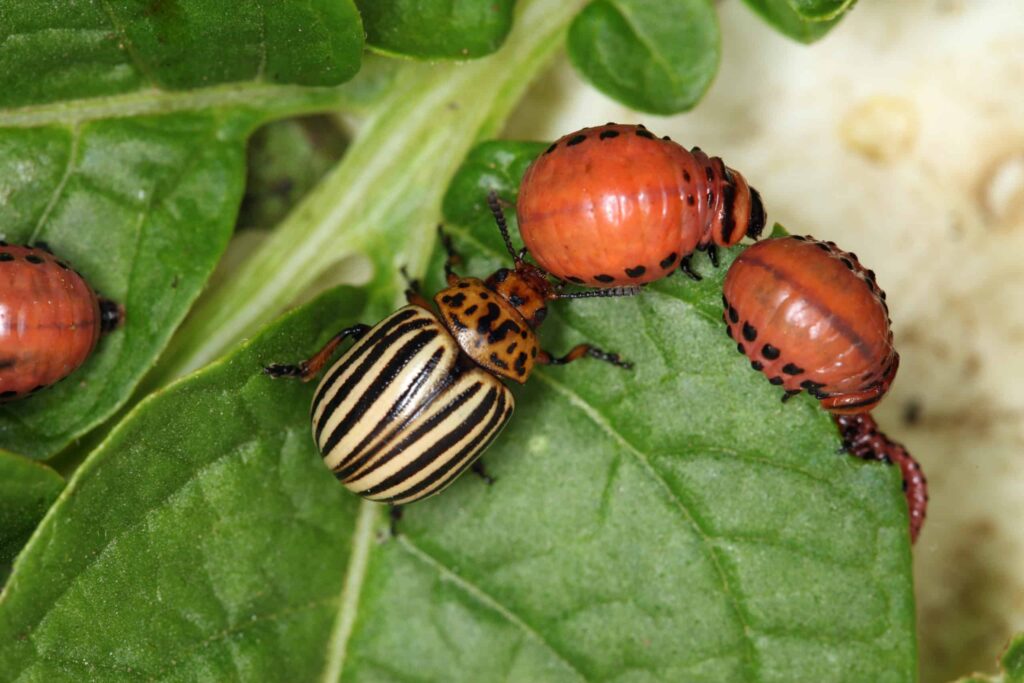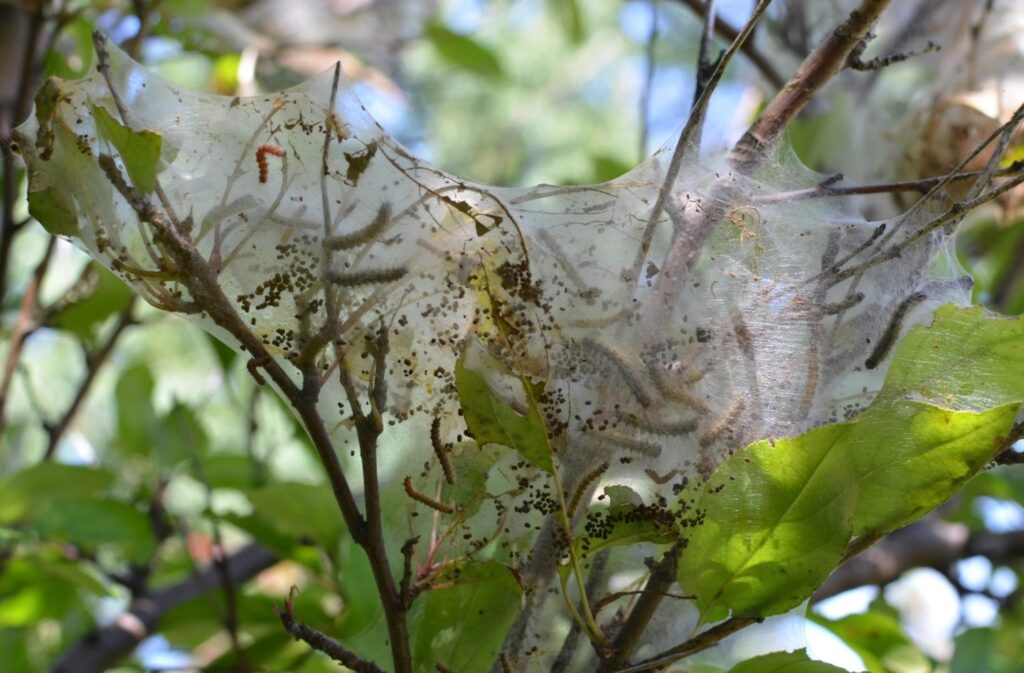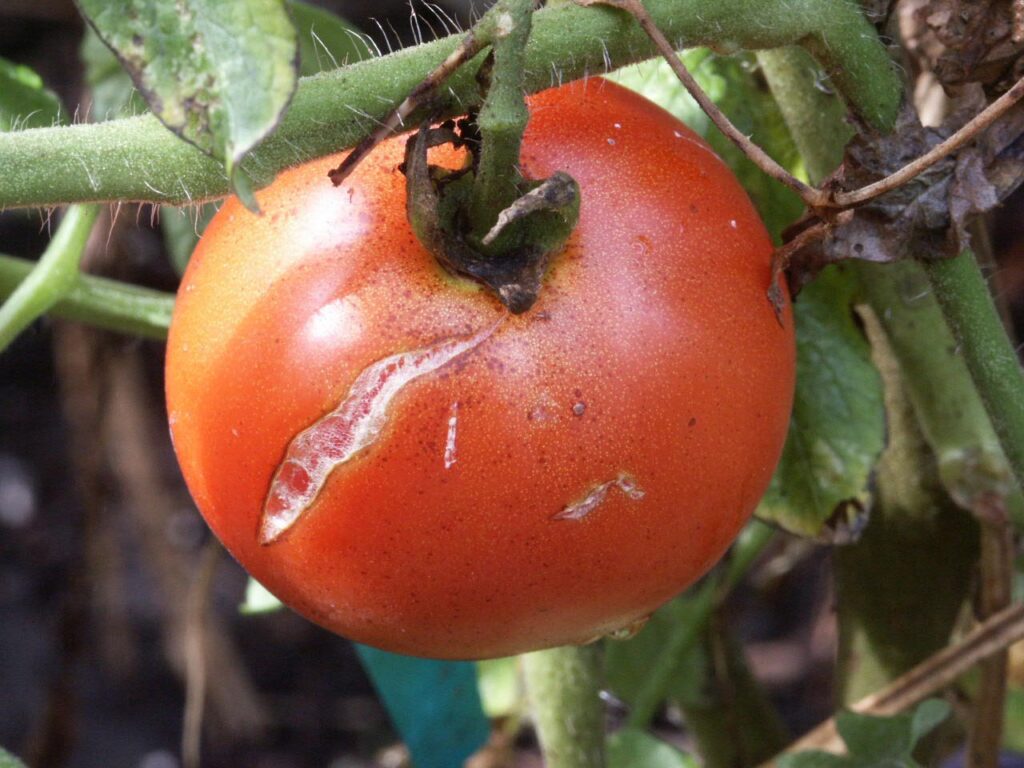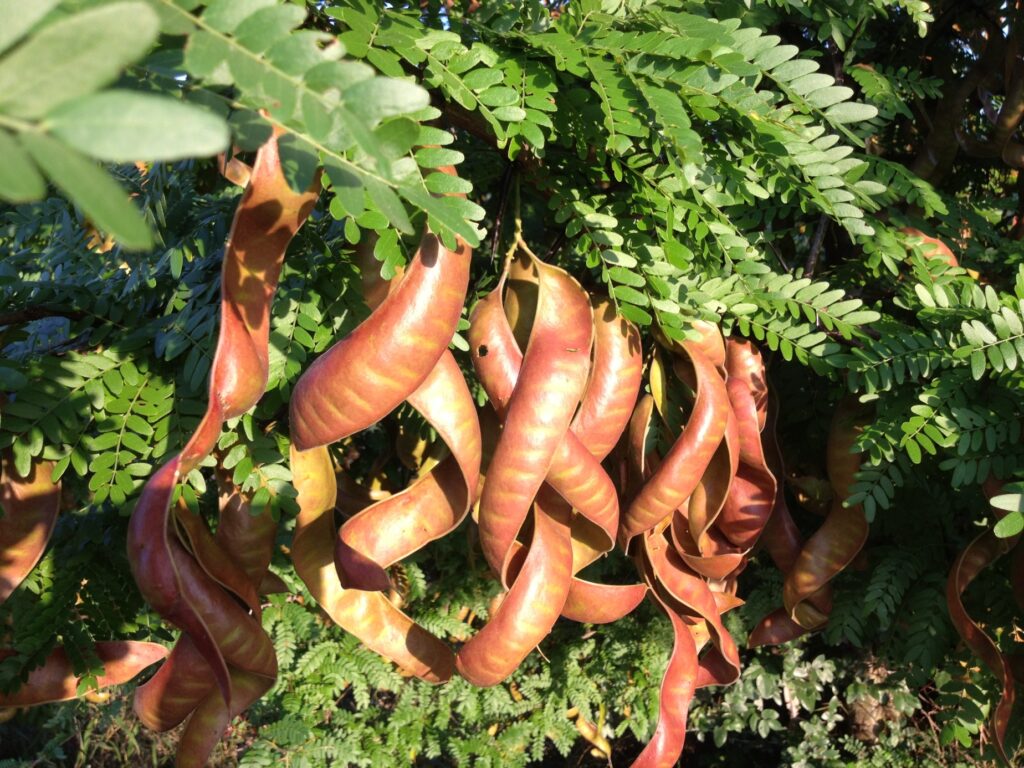
This week in the garden the Colorado potato beetle showed up. These are reddish-orange fleshy larvae turning into the striped beetle adult. It does not take them long to decimate a potato plant. They are later this year so if your plants are maturing just pick them off. If you have a lot of plants that are still green, use Sevin insecticide.

Fall webworms are also showing up with their webs in fruit trees and cottonwoods. If you can reach them just pull out the web with the clump of caterpillars. They do not cause much damage this time of year compared to the tent caterpillars in the spring. A female moth lays her eggs and when they hatch, the worms spins this web to protect them from the elements and predators. You do want to control these insects on younger trees before they defoliate the leaves.

Tomato skin splitting is a problem, however, there is not much you can you to prevent this. When the tomato gets ripe, its skin is no longer elastic. Then we get rain and the skin splits when the insides swell. Some varieties are more susceptible to this condition like cherry tomatoes. A mulch of straw or hay helps.
I had a question about how to tell if the apple is ripe. Lift up at the base of the fruit and if it breaks at the stem, it is ripe.
It is also the time to plant a newly seeded lawn or overseed an existing one because it is cooler than late spring requiring less constant moisture and weed stress is reduced. If you buy a bag of grass seed, it should have a tag on it stating the percentage of grass types and the amount of inert or other materials. The most common is a white tag, however, if it has a blue tag, that means it is certified by testing which is better.

This is a great time to plant a tree or shrub up to 6 weeks before the soil freezes. The late summer or early fall is cooler, requiring less water and less stress for the tree. If you want a hardy tree, try honey locust. The new varieties do not have the pods. The old honey locust trees with pods planted in the shelterbelts were used as cattle feed in the past. During WWII, the pods were also used for making beer during the rationing.
If you do not mind experimenting and want to try something new in varieties of trees, try growing Turkish filbert, amur cork tree, northern pecan, bald cypress, American sycamore, or yellowwood. Our zone 4 is these trees limit, I have seen them in Pierre, SD. Try at your own risk! They may be easier to grow than our pH-limiting trees like red maple and oaks.
